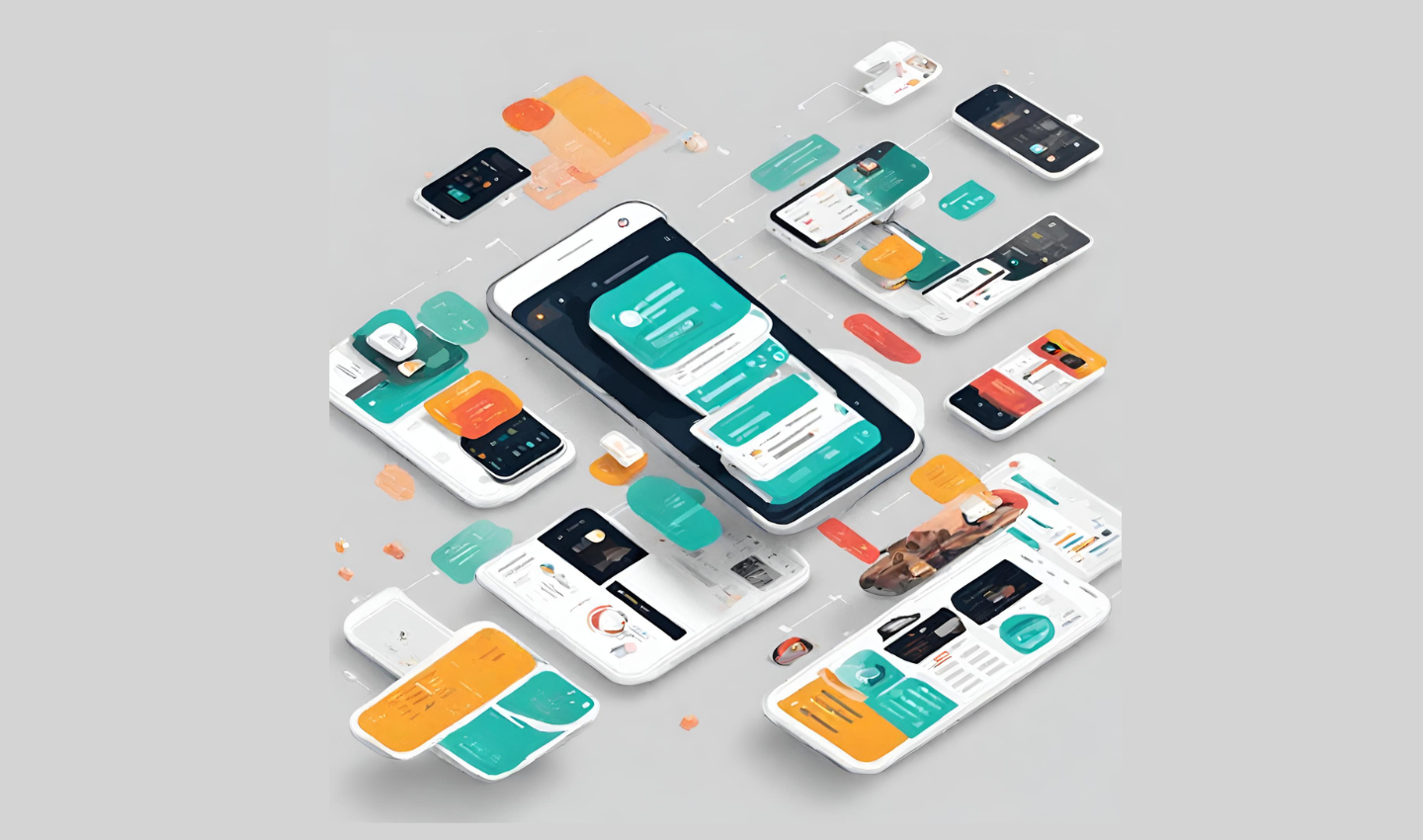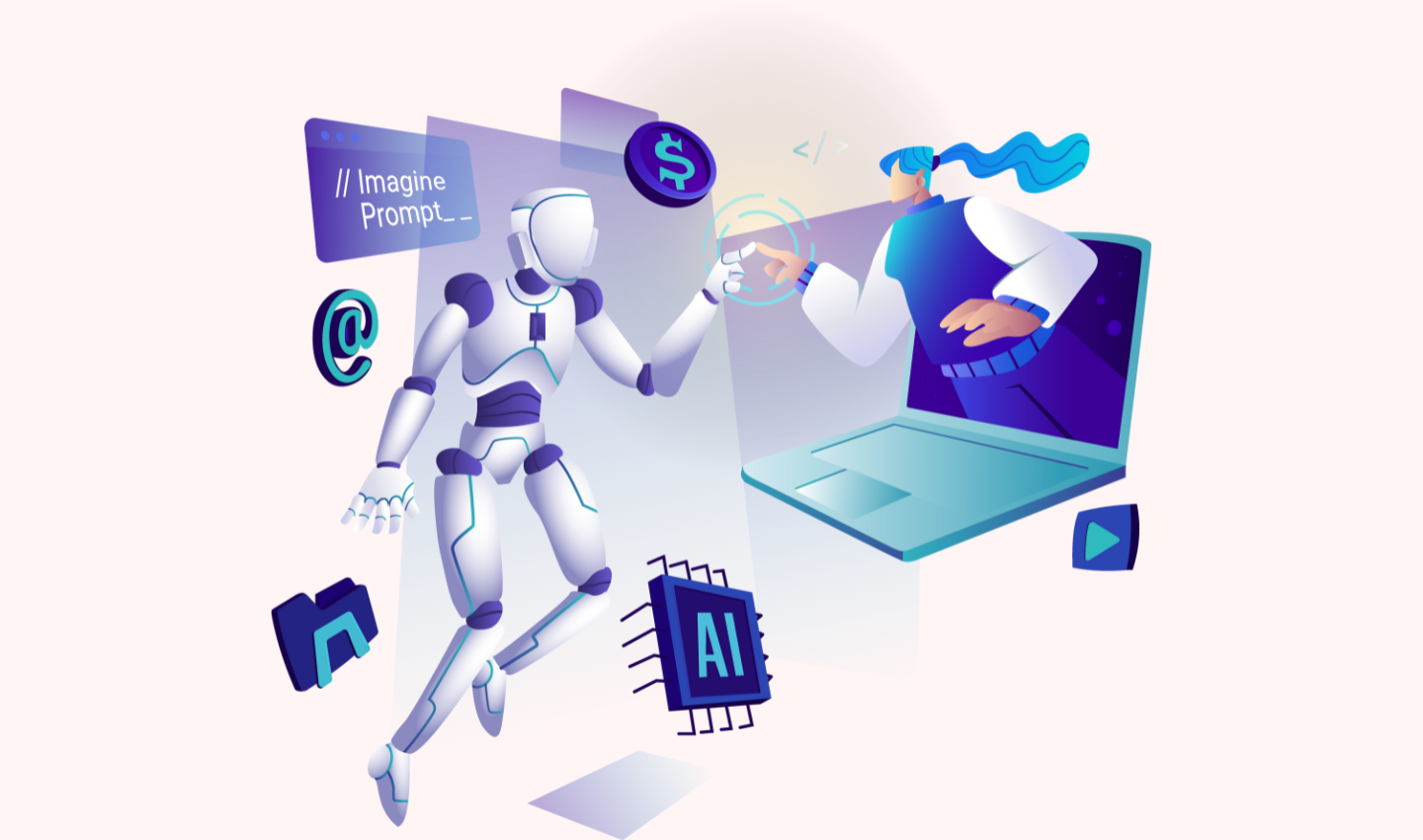
UX Design for Generative AI
Generative AI has emerged as a transformative force across industries, revolutionizing how enterprises operate, innovate, and scale. From automating routine tasks to enhancing creative processes, generative AI is unlocking new possibilities. However, the key to harnessing its full potential lies in exceptional user experience (UX) design. Without a focus on usability and accessibility, even the most advanced AI tools risk falling short of their promise.
This blog explores the interplay between generative AI and UX design. We’ll delve into what generative AI is, why UX is critical for its enterprise applications, and share innovative use cases alongside best practices to optimize the synergy between these two domains.
Table of Contents
Section 1: What is Generative AI?
Generative AI is a groundbreaking subset of artificial intelligence capable of creating entirely new content, such as text, images, music, and code, by learning from pre-existing data. Unlike traditional AI, which primarily focuses on identifying patterns or making decisions, generative AI takes creativity to the next level. It produces innovative outputs in response to user prompts, opening up possibilities across various industries.
Key Functionalities of Generative AI
Generative AI stands out due to its diverse capabilities that mimic and enhance human creativity. Here are its primary functionalities:
a. Text Generation
From crafting detailed articles to casual conversations, generative AI excels in producing coherent and contextually appropriate written content. It’s the engine behind chatbots, email automation, and even creative writing tools.
b. Image Synthesis
By translating textual descriptions into visuals, generative AI can produce anything from photorealistic images to abstract art, reshaping creative industries like design and advertising.
c. Code Creation
Generative AI assists developers by generating functional code snippets, debugging, and even suggesting enhancements, significantly reducing development time.
d. Content Personalization
By analyzing user behavior and preferences, generative AI creates tailored experiences, such as personalized product recommendations, customized emails, or unique media content.
Popular Generative AI Tools
Several powerful tools are making generative AI accessible and impactful:
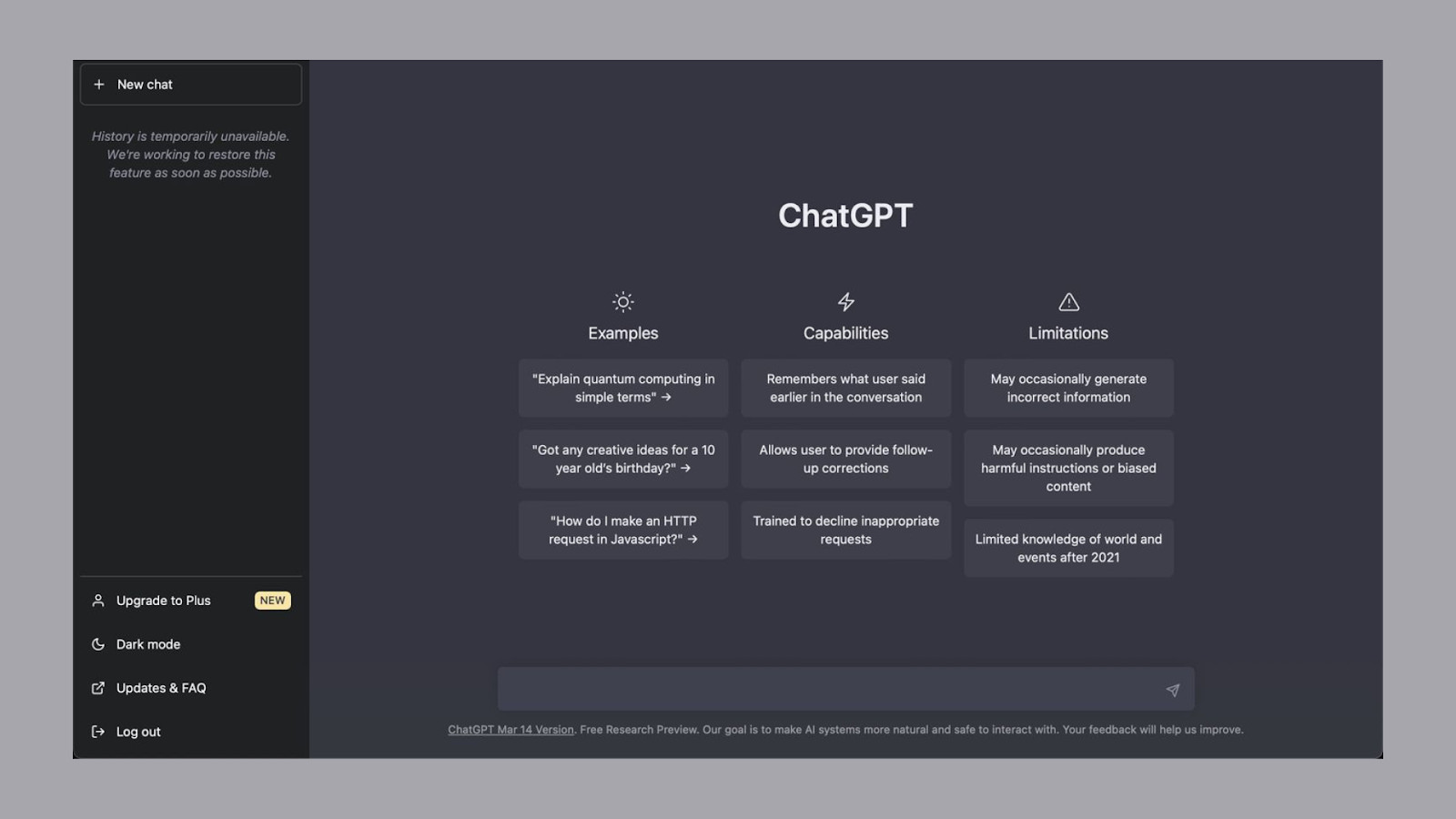
- ChatGPT by OpenAI: Known for its conversational prowess, it assists in everything from drafting emails to brainstorming ideas.
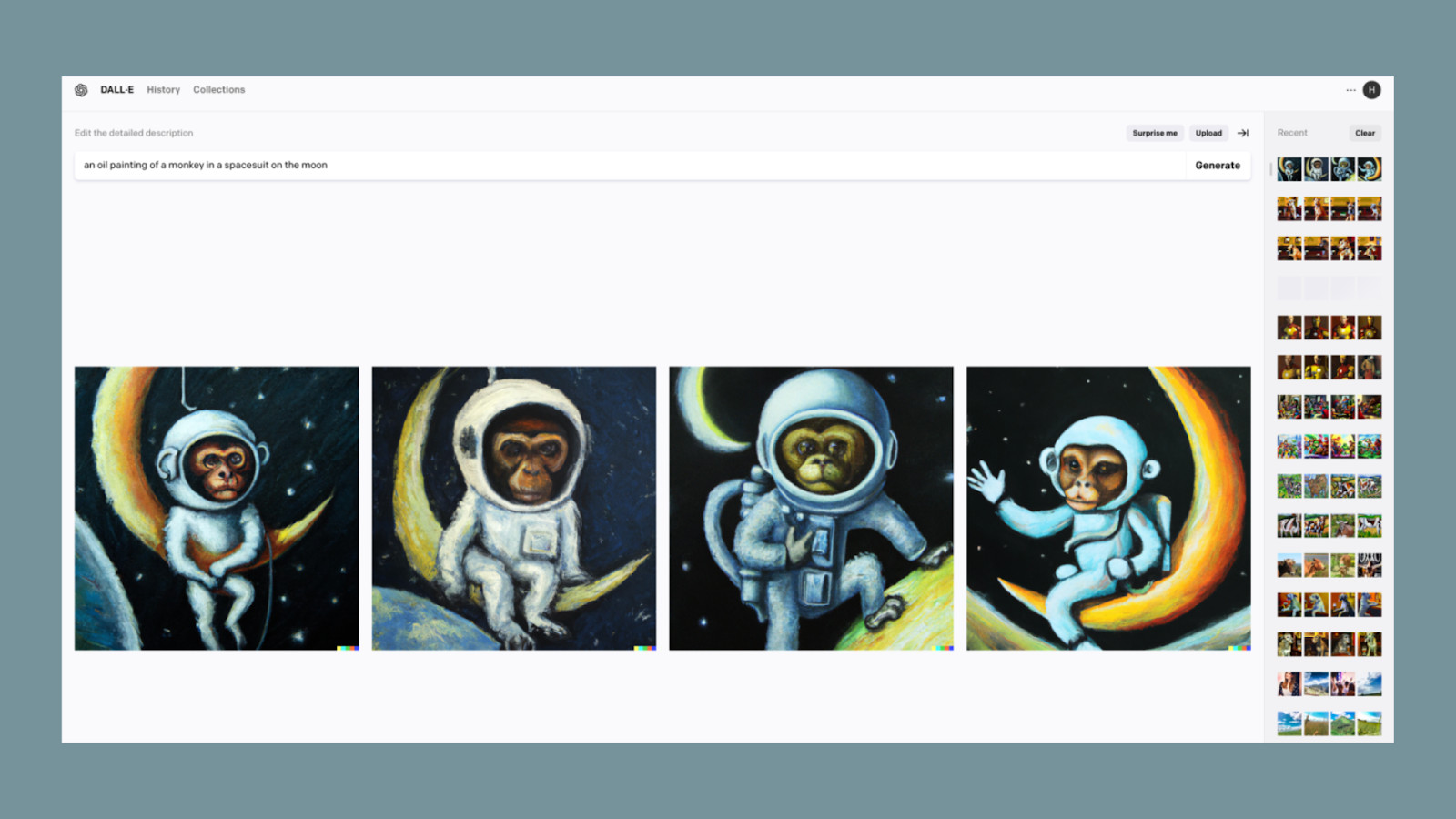
- DALL·E: A revolutionary tool that transforms textual descriptions into stunning images, fueling creativity in art, marketing, and media.

- Gemini: Google’s generative AI model focuses on text-based applications, offering capabilities in search, summaries, and content ideation.
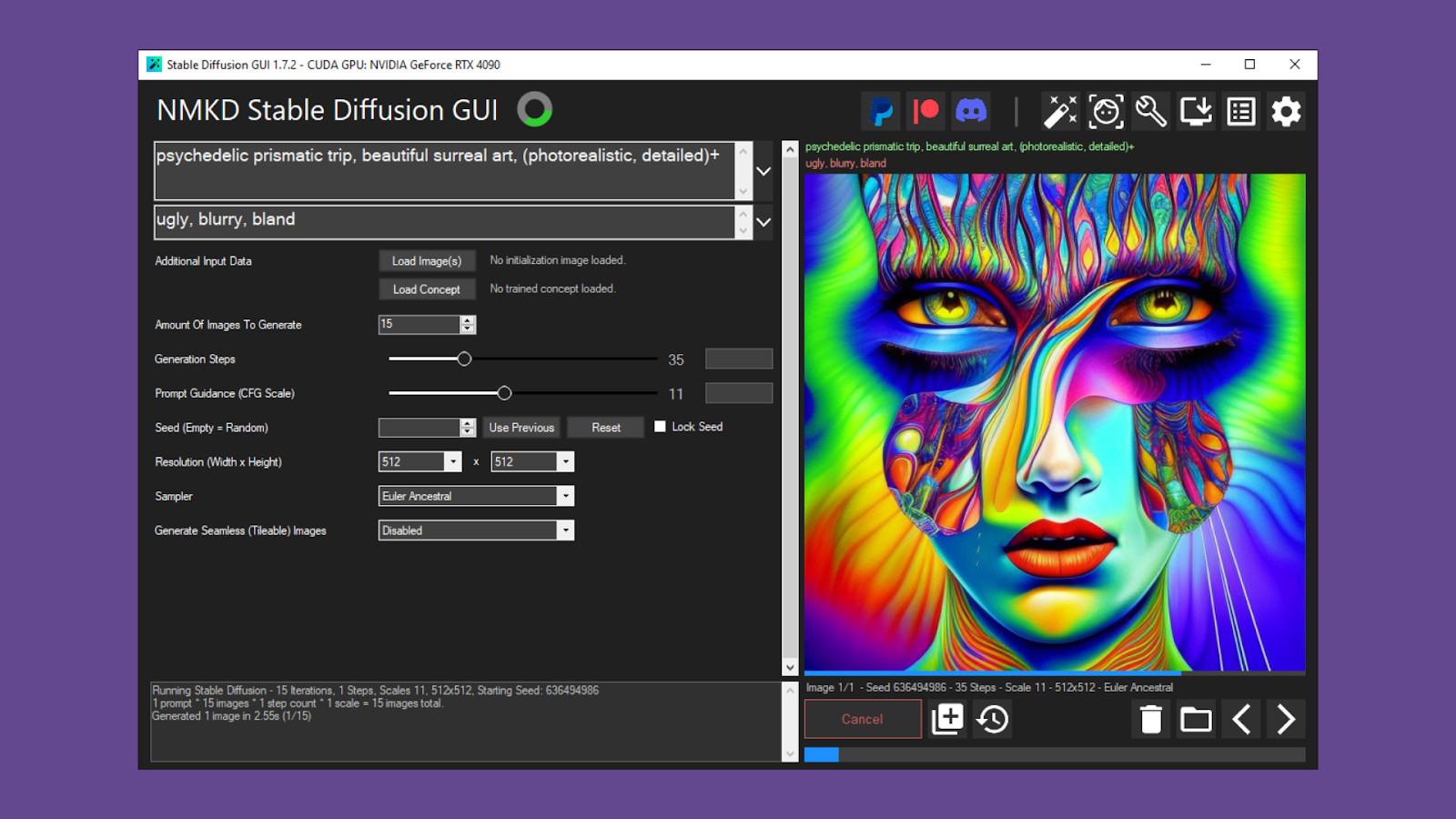
- Stable Diffusion: An open-source platform enabling users to generate images, often used in visual storytelling and design projects.
Section 2: Why UX is Critical for Generative AI in Enterprises
Generative AI is powerful but often complex. For enterprises to truly benefit, tools must be designed with the end user in mind. UX plays a pivotal role in ensuring these tools are accessible, trustworthy, and effective.
Enhancing Usability and Accessibility
Generative AI tools, while highly capable, can often seem intimidating to non-technical users due to their inherent complexity. An intuitive UX bridges this gap by simplifying interactions and ensuring that the tools cater to a wide spectrum of users. For enterprises, it is crucial that employees, regardless of their technical expertise, can seamlessly use these tools to boost productivity. Effective UX design reduces learning curves, promotes ease of navigation, and creates workflows that streamline otherwise cumbersome processes.
For example, generative AI systems can benefit from interfaces that guide users through tasks using step-by-step prompts and visual aids. Such features help users understand system capabilities and make informed decisions, effectively democratizing access to advanced AI technologies. By embedding visual cues and interactive design elements, enterprises can ensure that their generative AI tools are user-friendly and accessible to all levels of expertise.

Building Trust and Reliability
The integration of generative AI into enterprise operations introduces a significant dependency on AI-generated outputs, making trust a critical factor for successful adoption. UX design plays a fundamental role in building this trust by ensuring transparency and reliability in AI interactions. For instance, clear labeling of AI-generated content, coupled with explanations of the underlying decision-making processes, reassures users and fosters confidence in the tool’s capabilities.
Feedback loops are another critical component of trustworthy UX design. By allowing users to critique or refine AI outputs, enterprises can create a system that evolves based on real-world requirements and expectations. This not only improves the accuracy of AI systems over time but also ensures that users feel heard and valued, further enhancing their trust in the technology.
Moreover, designing interfaces that openly communicate the limitations of generative AI—such as areas where the AI might struggle—empowers users to approach the technology with informed caution. Transparency around potential biases or errors ensures ethical deployment and strengthens user confidence in adopting these tools at scale.
Driving Innovation and Adoption
Generative AI’s potential for fostering innovation within enterprises is boundless, but its success hinges on its ability to integrate seamlessly into existing workflows. UX design acts as the enabler of this integration by creating interfaces that encourage creative exploration while maintaining functional alignment with organizational goals.
By designing adaptive and interactive user experiences, enterprises can unlock novel use cases for generative AI. For example, a UX interface that allows marketing teams to collaboratively generate, edit, and refine AI-crafted content can spark innovative campaigns that resonate with target audiences. Similarly, developers can leverage intuitive design tools powered by generative AI to experiment with prototypes and ideation processes that would otherwise be time-intensive.
Another dimension of UX-driven innovation lies in fostering collaboration between designers and AI developers. Through shared insights and iterative design processes, teams can ensure that AI functionalities align with user expectations and enterprise objectives. This collaborative synergy amplifies the adoption of generative AI solutions, paving the way for transformative change across industries.
Section 3: Innovative Use Cases for Generative AI in Enterprises
Generative AI is transforming enterprise operations by streamlining workflows, enhancing creativity, and providing actionable insights. Its versatility allows organizations to leverage it in various domains, fundamentally altering how tasks are approached and completed.

Content Creation and Personalization
Generative AI is revolutionizing how content is produced, automating the creation of high-quality marketing materials, product descriptions, and personalized customer messages. This not only speeds up production timelines but also ensures that the content resonates deeply with specific audiences. Enterprises are using generative AI to dynamically generate ad copy, email campaigns, and social media posts tailored to different user demographics and behaviors. For instance, marketing departments can quickly develop variations of advertising campaigns optimized for A/B testing, leading to more effective messaging strategies. In e-commerce, AI-driven platforms analyze browsing habits and preferences to recommend products and create personalized shopping experiences, fostering greater customer satisfaction and loyalty.
Product Design and Prototyping
Generative AI is accelerating the ideation and prototyping phases of product development by enabling rapid iteration and experimentation. Platforms such as Figma and Adobe XD have integrated generative AI capabilities to suggest innovative design elements, layouts, and even user flows, reducing the time spent on manual adjustments. Engineers and product designers are using AI to prototype hardware and software designs, enabling them to visualize and refine concepts with unprecedented efficiency. By automating certain aspects of the creative process, generative AI not only shortens development cycles but also empowers designers to explore novel approaches that might have been overlooked using traditional methods.

Enhanced Customer Support
Customer support is undergoing a major transformation through the use of generative AI-powered chatbots and virtual assistants. These systems provide real-time, human-like interactions that can address a wide range of customer needs, from answering inquiries to resolving technical issues. For example, banks deploy AI-driven chatbots to assist with routine account management tasks, fraud alerts, and financial advice. Retailers, on the other hand, utilize virtual assistants to offer personalized shopping guidance, improving the overall customer experience. The contextual understanding enabled by generative AI ensures that responses are relevant and accurate, reducing frustration and increasing user satisfaction. By handling repetitive queries efficiently, these systems also free up human agents to focus on more complex customer interactions.
Data Analysis and Insights
Generative AI’s ability to process and synthesize vast amounts of data into actionable insights is revolutionizing decision-making in enterprises. By summarizing complex datasets, generative AI tools enable stakeholders to quickly grasp key trends and implications without delving into granular details. For example, AI can generate executive summaries of large-scale reports, highlight anomalies in data, and produce predictive models to forecast future trends. These capabilities are being applied in areas like supply chain management, where businesses use generative AI to optimize logistics, and in marketing, where predictive analytics guide campaign strategies. By converting raw data into easily digestible formats, generative AI empowers organizations to make more informed and strategic decisions.
Section 4: UX Best Practices for Generative AI in Enterprises
Crafting exceptional UX for generative AI tools requires a thoughtful approach to ensure usability, transparency, and alignment with user needs. By addressing human-AI collaboration, simplifying complex interactions, and emphasizing ethical design principles, enterprises can create tools that are both functional and user-friendly.
Focusing on Human-AI Collaboration
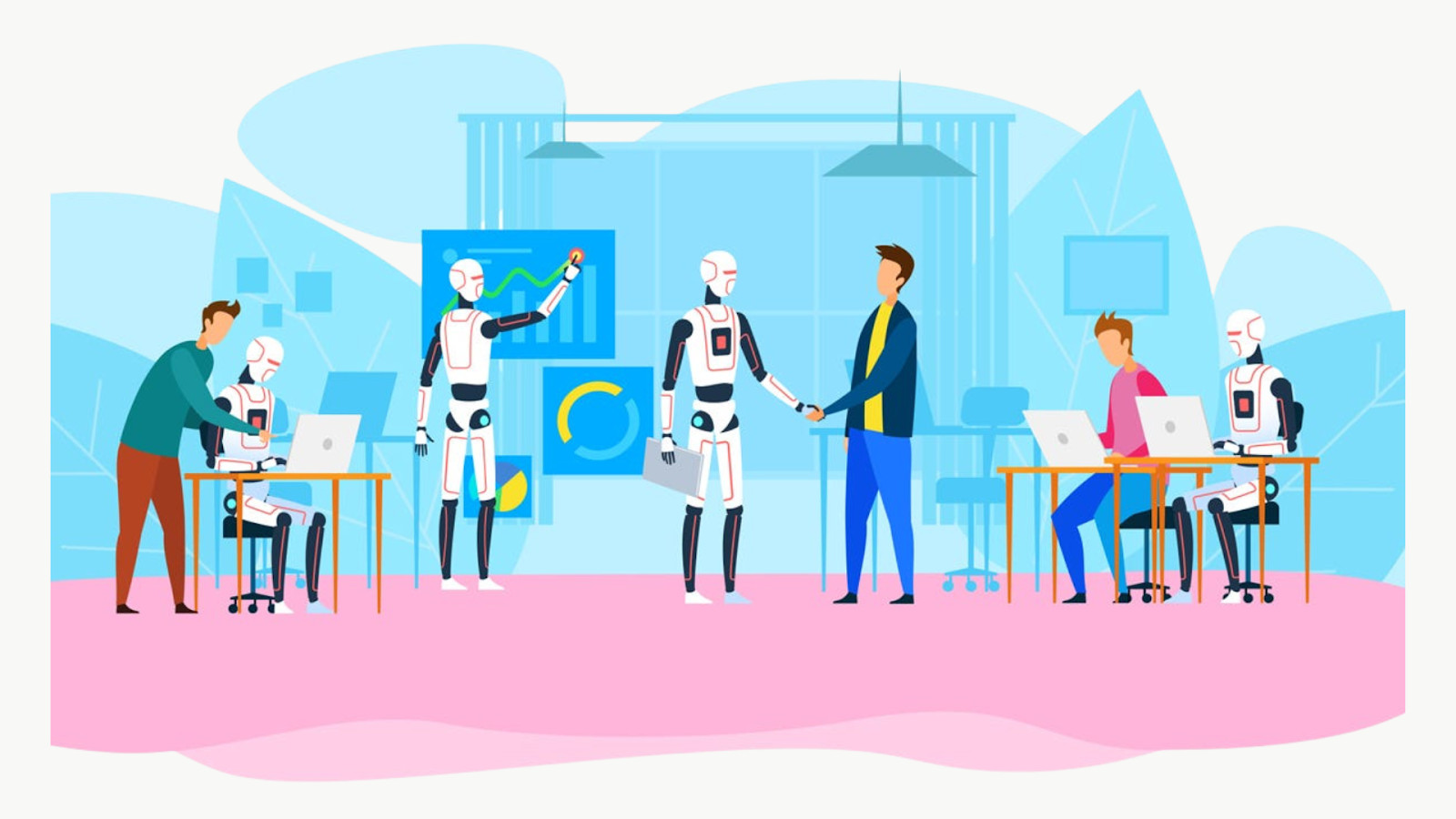
A key aspect of UX design for generative AI is ensuring that AI systems augment, rather than replace, human capabilities. This involves designing workflows that facilitate seamless interaction between humans and AI, where each complements the other’s strengths.
Best Practices:
- Clearly define handoff points in tasks, where AI takes over repetitive or analytical parts, while humans manage creative or critical thinking aspects.
- Provide robust controls for users to modify or refine AI-generated outputs, enabling a feedback-driven improvement loop.
Examples:
- In content creation platforms, users might rely on AI for drafting initial ideas but have tools to edit and adjust the final output.
- In design software, AI suggestions for layouts or themes allow human designers to quickly iterate without starting from scratch.
Simplifying Complexity
Generative AI often produces intricate and sophisticated outputs that can overwhelm users, particularly non-technical ones. Effective UX design simplifies these outputs, making them more approachable and actionable.
Strategies:
- Implement visualizations, such as charts or infographics, to present AI processes and results in a more digestible format.
- Prioritize key insights by structuring the interface to highlight essential information, while hiding technical or less relevant details under expandable sections.
- Use contextual tooltips or guided workflows to help users understand the steps involved in generating outputs or making decisions based on AI suggestions.

Ensuring Ethical and Responsible AI Use
As generative AI becomes more integral to enterprise operations, addressing ethical concerns is non-negotiable. UX design must prioritize transparency, fairness, and compliance to build trust and credibility.
Best Practices:
- Include mechanisms to detect and mitigate bias in AI outputs, ensuring that content or decisions generated are fair and inclusive.
- Provide clear disclaimers that identify when content is AI-generated, helping users understand the source and potential limitations of the information.
- Ensure robust data privacy controls and adherence to regulatory standards, particularly in industries handling sensitive information.
Examples:
- Platforms that generate content based on user data can include disclaimers outlining how data was used and why specific outputs were created.
- Algorithms that highlight possible biases in data or outputs can alert users, enabling them to make informed decisions about their use of AI-generated results.
By focusing on these core principles, enterprises can ensure their generative AI tools are not only innovative but also accessible, trustworthy, and aligned with user expectations and ethical guidelines.
Section 5: Challenges in Implementing Generative AI with Effective UX
While the potential is immense, implementing generative AI with effective UX presents challenges:
a. Balancing Innovation with User Needs
Generative AI offers cutting-edge capabilities, but these must align with practical user needs. Enterprises often struggle to strike this balance, risking adoption delays or abandonment.
b. Overcoming Technical Limitations
Scalability and performance bottlenecks can hinder seamless user experiences. Additionally, ensuring AI systems deliver accurate and reliable results remains a challenge.
c. Aligning with Organizational Goals
Generative AI solutions must fit within the broader organizational culture and objectives. Misalignment can lead to underutilization or resistance from employees.
Conclusion
Generative AI represents a groundbreaking opportunity for enterprises to innovate and scale. However, its success hinges on user-centric design that prioritizes usability, transparency, and ethical considerations. By embracing effective UX strategies, businesses can amplify the potential of generative AI while ensuring accessibility and trust.
As we move forward, enterprises must adopt a collaborative approach, bringing UX designers and AI developers together to create solutions that are not only powerful but also intuitive and responsible. The possibilities are vast—but they must be explored with care.
Ready to transform your enterprise with generative AI? Start by prioritizing exceptional UX design and exploring innovative use cases today.
Take your company to the next level and get results with our world class user experience, interface design and implementation.
Get a FREE 30 min Strategy Session

Related posts
How to Build Your First MVP with No-Code in 2024
UX design plays a pivotal role in developing any product, especially in today’s fast-paced startup ecosystem where time, resources, and […]
Dashboard Design Disasters: 6 UX Mistakes You Can’t Afford to Make
Have you ever stared blankly at a dashboard, overwhelmed by unclear data or buried in endless menus? You’re not alone! […]
Navigating the Pitfalls of Mobile-First Web Design: A Call for Balance
In recent years, the landscape of web design has undergone a significant shift with the rise of mobile-first design principles. […]
Creative product design that gets results
Take your company to the next level with world class user experience and interface design.
get a free strategy session



